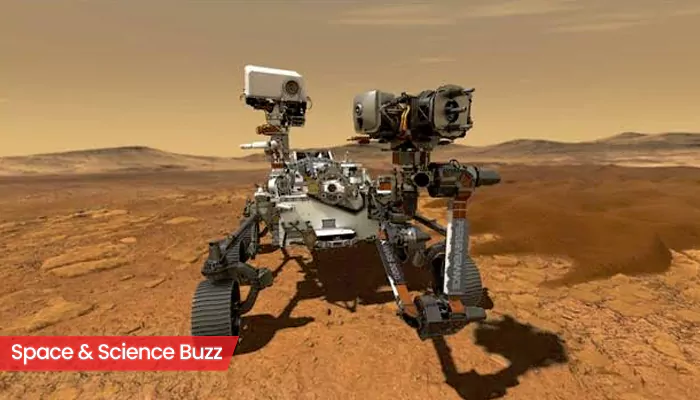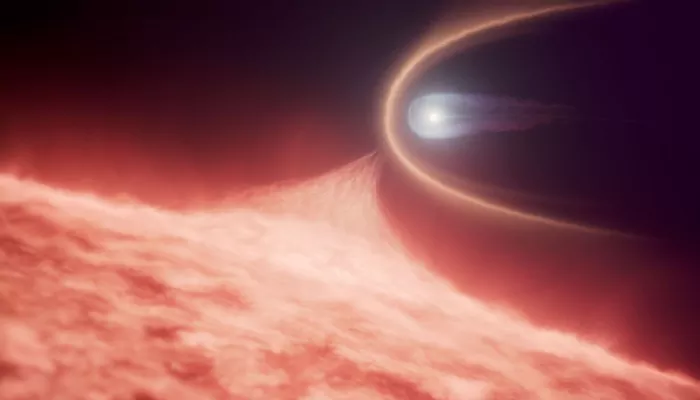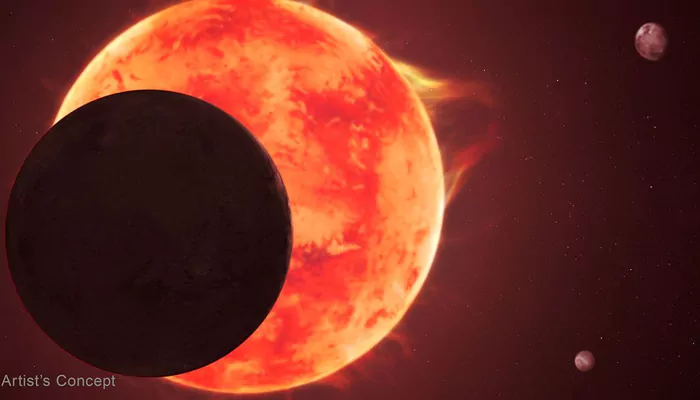
Here are today’s most important updates from the realm of Science and Space.
Scientists have developed a simple way to test for active life on Mars and other planets using equipment already on the Mars Curiosity rover and planned for future use on the ExoMars Rosalind Franklin rover. The instrument, called a gas chromatograph-mass spectrometer (GC-MS) could be used to detect a chemical bond within cell membrane molecules that are found in many living, and very recently deceased, organisms. The new method detects a unique sequence of atoms that bind the constituent molecules of the external membranes of living bacteria and eukarya cells. These constitute the vast majority of biological matter on Earth and include the kinds of lifeforms the scientists would also expect to find beyond our planet.

(Credit: NASA)
An international team of astronomers has discovered a cosmic rarity: an ultra-massive white dwarf star resulting from a white dwarf merging with another star, rather than through the evolution of a single star. This discovery, made by NASA’s Hubble Space Telescope’s sensitive ultraviolet observations, suggests these rare white dwarfs may be more common than previously suspected. A white dwarf is a dense object with the same diameter as Earth, and represents the end state for stars that are not massive enough to explode as core-collapse supernovae. Our Sun will become a white dwarf in about 5 billion years.

The exoplanet TRAPPIST-1 d intrigues astronomers looking for possibly habitable worlds beyond our solar system because it is similar in size to Earth, rocky, and resides in an area around its star where liquid water on its surface is theoretically possible. But according to a new study using data from NASA’s James Webb Space Telescope, it does not have an Earth-like atmosphere. Webb’s NIRSpec (Near-Infrared Spectrograph) instrument did not detect molecules from TRAPPIST-1 d that are common in Earth’s atmosphere, like water, methane, or carbon dioxide. It could have an extremely thin atmosphere that is difficult to detect, somewhat like Mars. Alternatively, it could have very thick, high-altitude clouds that are blocking our detection of specific atmospheric signatures — something more like Venus. Or, it could be a barren rock, with no atmosphere at all, the study mentioned. The TRAPPIST-1 system is located 40 light-years away.

(Credit: Phys.org)
A team of international scientists has discovered new fossils at a field site in Africa that indicate Australopithecus, and the oldest specimens of Homo, coexisted at the same place in Africa at the same time—between 2.6 and 2.8 million years ago. The paleoanthropologists discovered a new species of Australopithecus that has never been found anywhere. The Afar region is still an active rifting environment. There were a lot of volcanoes and tectonic activity and when these volcanoes erupted ash, the ash contained crystals called feldspars that allow the scientists to date them. Finding fossils and dating the landscape not only helps scientists understand the species—it helps them recreate the environment millions of years ago.